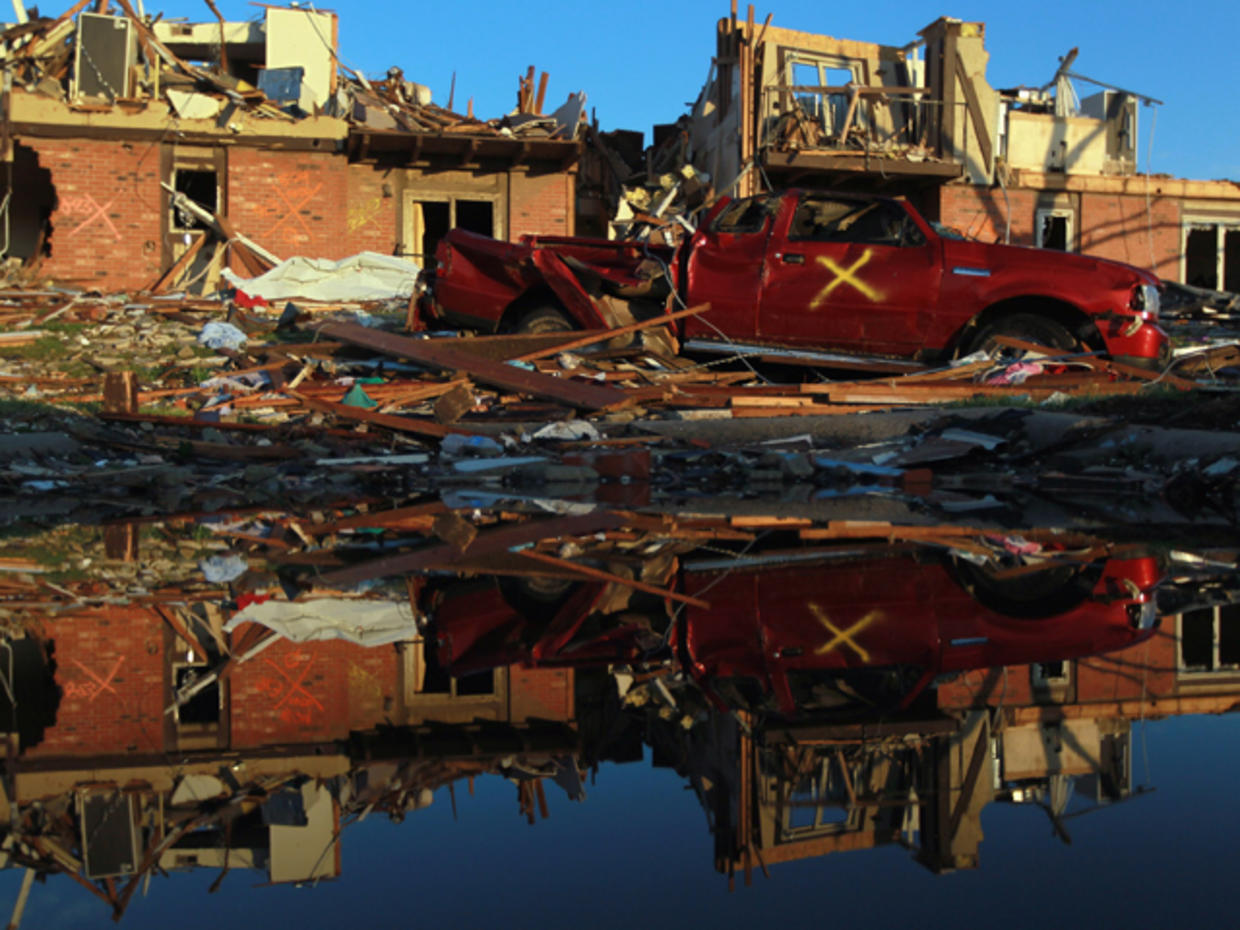
It was easy to mistake the cloud for heavy rain, but a jet-like roar was a clue to many that the rain was obscuring an enormous funnel.Īfter touchdown, the twister rapidly attained EF-5 power, ¾ of a mile in width. Still, when folks stepped outside to verify the tornado, they couldn’t see a tornado funnel, just a very black sky coming closer to town. Some in town may have been confused by the on-again, off-again outdoor sirens, but they understood something important was happening. The city’s outdoor tornado sirens went on at 5:11, but tornado sirens can only run for three minutes before they must cycle off to cool down. NOAA Weather Radios in the area received two tornado warnings as the western sky grew ominously black. The NWS then issued a second tornado warning eight minutes later, at 5:17, for what would become the Joplin tornado. The National Weather Service in Springfield, Missouri had issued a tornado warning at 5:09 for a storm on the northern edge of Joplin. In all, about 30% of the city was wrecked. 7,500 homes were damaged, 4,000 of them totally destroyed. A bizarre collision of thunderstorms added incredible energy into the air and the resulting twister spent the next 17 minutes tracking due east across the southern third of Joplin. went from a tiny rope-like funnel to a massive “wedge” in less than 30 seconds. The tornado that dropped down on the west edge of Joplin at 5:36 P.M.

Why? Because if you are caught in a violent tornado, only a designated storm shelter or basement will offer you the protection you need to survive. Although these “worst case” tornadoes are rare (some years we don’t have a single EF-5), they are responsible for the most deaths.


Although the Fujita tornado intensity scale did not exist in the 1950’s, we know from damage reports the Flint tornado was, like Joplin, an EF-5 tornado, with winds of more than 200 mph. Prior to Joplin, the last tornado to kill more than 100 people occurred in Flint, Michigan in 1953. It took $3 billion to repair and replace everything the twister destroyed. Besides being the deadliest tornado of the past fifty years, it was also the costliest tornado in U.S. Caption by Michon Scott.Saturday, marks the 10 year anniversary of the Joplin, Missouri EF-5 tornado. NASA Earth Observatory image created by Jesse Allen and Robert Simmon, using data provided courtesy of NASA/GSFC/METI/ERSDAC/JAROS, and U.S./Japan ASTER Science Team.

In this image, vegetation is red, buildings and paved surfaces are varying shades of gray, and clouds are nearly white. The track left by the Joplin tornado remained visible on May 30, 2011, when the Advanced Spaceborne Thermal Emission and Reflection Radiometer (ASTER) on NASA’s Terra satellite captured this false-color image. As of May 28, 2011, the National Weather Service estimated the fatalities from the Joplin tornado at 142, and the number of injured at more than 750. Over Joplin, Missouri, the supercell spawned an EF-5 tornado with winds higher than 200 miles (300 kilometers) per hour. In the afternoon and evening of May 22, 2011, a supercell thunderstorm traveled from southeastern Kansas into southwestern Missouri.


 0 kommentar(er)
0 kommentar(er)
